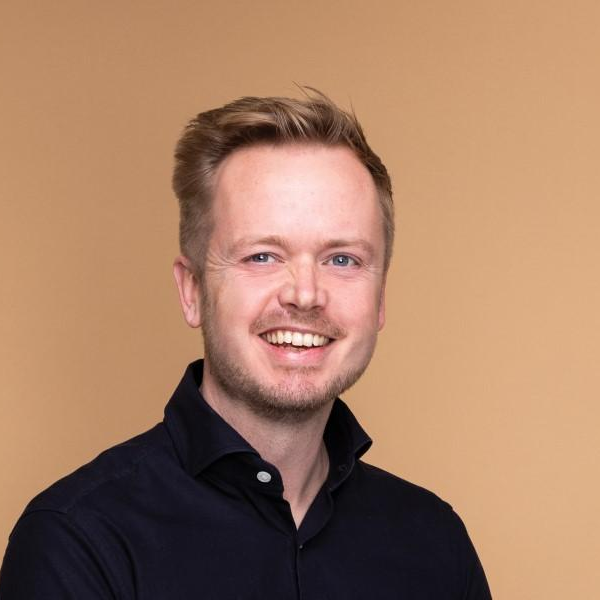Sander ten Pas
Employee portrait

Sander ten Pas
'I most enjoy connecting with people'
Sander ten Pas worked as a design lead on the Meuse Delta Tunnel. After starting as an intern at Witteveen+Bos, he has now worked at the company for two decades, where it feels like he starts a new job every few years.
Meuse Delta Tunnel
‘When I started at Witteveen+Bos, I thought: in 20 years’ time, I don’t want to have already seen and done everything. To avoid this, I tried not to change roles too quickly. It’d be so boring if there was nothing left to explore, I thought. Now I know better. Developments follow each other so fast; the challenges for us as engineers are huge – it never ends! It feels like I start a new job every three to five years. In recent years, I worked as a design lead on the Meuse Delta Tunnel, part of the Blankenburg Link. In a technical sense, it was very challenging! Now I focus on medium-sized projects with shorter lead times. More is asked of me in a commercial sense on these projects, which is lots of fun and teaches me a lot.’
Antwerp and Copenhagen
‘My favourite days are those when my laptop stays closed. I most enjoy connecting with people. Projects run more smoothly when the communication is good, you know who’s doing what, and you can empathise with one another. A few weeks ago, I was in Vancouver for a new project. The earlier exchanges via Teams had been difficult, but after we had spoken to each other in person, the communication became much more open. Sometimes, it helps to live close to a project for a while. For the Oosterweel Link, I lived in Antwerp; for the Fehmarn Belt Fixed Link, I lived in Copenhagen. On location, you connect better.’
Virtual construction
‘I really enjoy working together with contractors. Safety and risk management are important factors in a design. As the construction phase is often the most complex, in the Constructability group we use 4D models to make it transparent. These models are 3D models to which a fourth dimension is added: time. This allows us to visualise every step in the construction process and identify conflicts before they become a problem. The possibilities of 4D are endless. We’re currently using a model to understand the environmental impact of construction equipment. Looking forward, that’s important. In the future, electrification should allow us to reduce construction emissions. How much charging capacity and how many battery packs do we need? When? And: Where do we put them? All that information can be put in a 4D model.’
More information?
